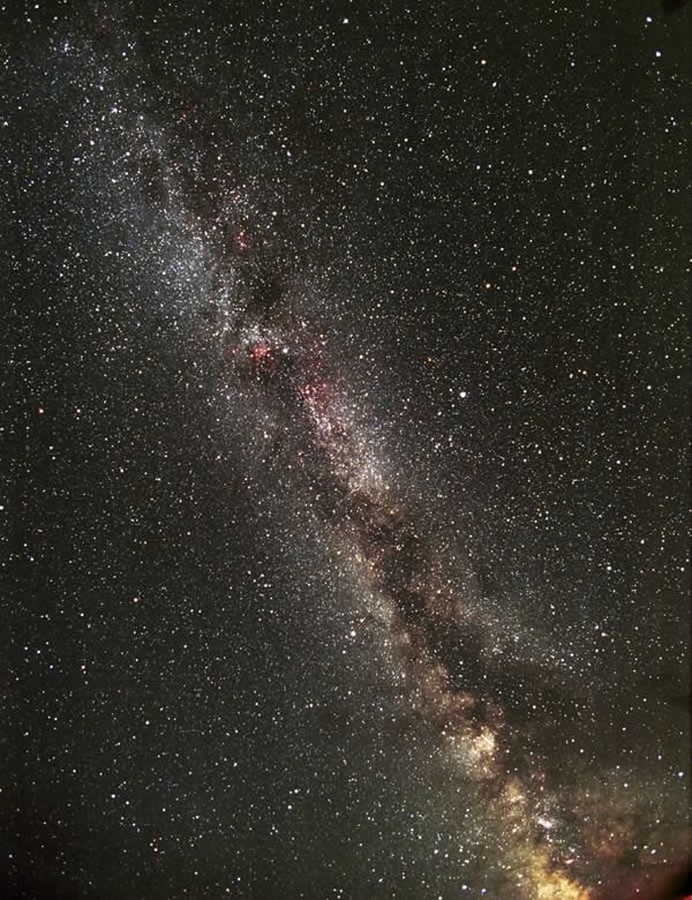Overview
Space weather is one of the most powerful yet least understood forces shaping planetary atmospheres. We see its fingerprints across our Solar System - in auroras, comet tails, and the gradual erosion of planetary atmospheres. But we’re only beginning to explore its impact on exoplanets. The photon flares, particle winds, and coronal mass ejections of other stars may sculpt exoplanet climates, drive atmospheric escape, and even determine whether a planet can sustain life. The emerging field of Exospace Weather sits at the intersection of heliophysics, stellar physics, planetary science, and astrobiology. Drawing from recent work supported by the W. M. Keck Institute for Space Studies’ cross-disciplinary effort, we’ll explore what we know - and still need to learn - about stellar winds, flares, and ejections, and how future observatories could finally let us forecast the space weather of distant exoplanets.
